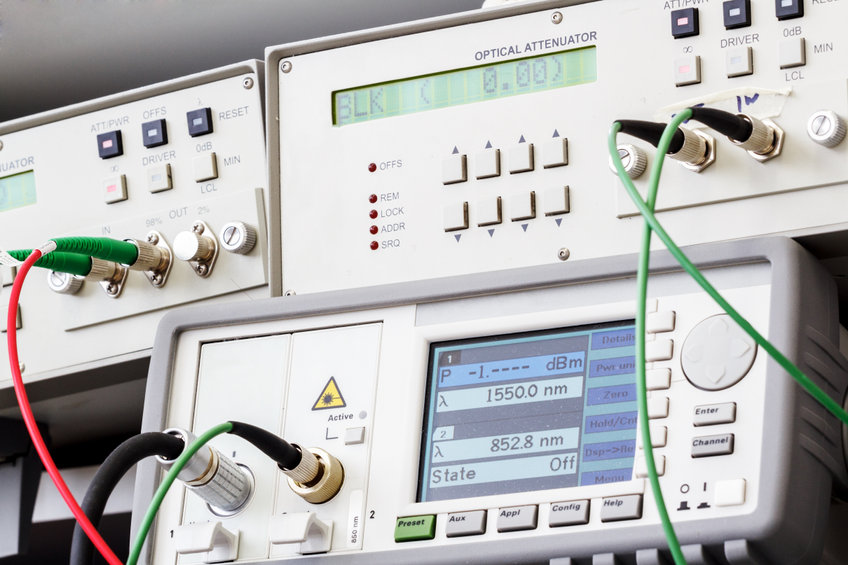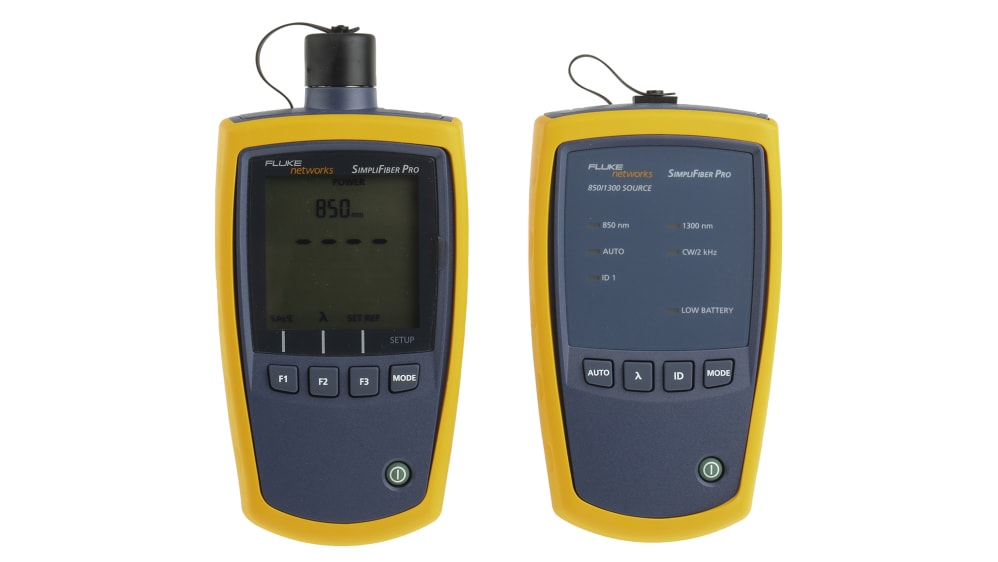Discover the Relevance of Optical Fibre Testing in Modern Telecommunications
In the world of modern-day telecoms, the relevance of optical fibre testing can not be overstated, as it offers as the foundation for making certain network integrity and efficiency. What are the particular benefits that normal screening deals, and how might it shape the future landscape of telecommunications?

Recognizing Optical Fiber Testing
Optical fibre screening is a critical procedure in telecoms that guarantees the integrity and performance of fibre optic networks. This screening includes a series of procedures made to examine the physical and practical attributes of optical fibers - ofda. Trick specifications evaluated consist of optical power loss, data transfer capacity, and fault area, which are vital for preserving top notch interaction links
The screening process commonly includes using specific tools such as Optical Time-Domain Reflectometers (OTDR) and Optical Power Meters. OTDRs are employed to recognize and characterize mistakes, splices, and ports within the fiber, while power meters measure the transmitted light signal stamina to identify effectiveness.
In addition, testing is carried out at different stages, consisting of throughout installation, maintenance, and troubleshooting, to make certain that the network meets market criteria and operational requirements. Conformity with criteria set by organizations like the International Telecommunication Union (ITU) and the Telecoms Sector Organization (TIA) is paramount.
Benefits of Routine Examining
Regular testing of optical fibres returns countless advantages that substantially boost network integrity and performance. One of the primary advantages is the very early discovery of potential issues, such as breaks or degradation in the fibre, which can lead to expensive downtime if left unaddressed (ofda). By identifying these issues proactively, telecommunications carriers can minimize service disruptions and make sure constant connectivity for their customers
In addition, routine screening helps to keep the stability of signal high quality. As optical fibers age, their efficiency can be influenced by factors such as ecological conditions and physical stress and anxiety. Regular analyses enable the surveillance of signal loss and total transmission efficiency, guaranteeing that the network runs at ideal levels.
An additional considerable benefit is conformity with market criteria. Regular screening supports adherence to governing needs, therefore reducing lawful and monetary threats related to non-compliance. Additionally, it improves the overall lifespan of the fibre infrastructure by promoting prompt maintenance and fixings.

Typical Testing Techniques
Evaluating optical fibers employs different techniques to make certain the honesty and efficiency of telecommunications networks. Amongst one of the most common techniques is Optical Time Domain Name Reflectometry (OTDR), which examines the entire length of the fibre by sending out a pulse of light and gauging the reflections brought on by imperfections or breaks. This method provides detailed info about the place and seriousness of faults.
One more common technique is using Optical Power Meters, which determine the amount of light transferred via the fibre. This strategy helps establish the loss of signal stamina, making sure that it satisfies sector requirements. Furthermore, Visual Fault Locators (VFL) are employed to identify breaks or extreme bends in the fibre by predicting a noticeable laser light into the wire.
Insertion loss testing is also essential, as it quantifies the loss of signal power arising from links and mates within the network. Additionally, using Polarization Setting Dispersion (PMD) testing analyzes the impact of fiber attributes on signal stability.
Each of these approaches plays a vital function in preserving the performance and dependability of optical fibre networks, eventually adding to smooth telecommunications procedures.
Influence On Network Performance
The integrity and efficiency of optical fibre networks directly affect overall network efficiency. In contemporary telecoms, the effectiveness of data transmission relies heavily on the high quality of the optical fibres utilized. Any kind of deterioration in the fiber's condition-- whether because of physical damages, contamination, or too Learn More Here much flexing-- can bring about raised attenuation and signal loss, significantly influencing information integrity and rate.
Regular optical fibre testing is important to recognize and correct potential problems before they show up as network failings or slowdowns. Techniques such as Optical Time Domain Reflectometry (OTDR) and insertion loss testing allow specialists to measure the performance of fiber links properly. These examinations not just review the physical condition of the fibers but additionally ensure conformity with sector criteria, thereby protecting the network's reliability.
Moreover, a well-maintained optical fiber network contributes to minimized functional prices and boosted customer complete satisfaction, as end-users experience less disruptions and higher information rates. Ultimately, the focus on strenuous optical fiber testing practices functions as a keystone for maintaining durable telecoms infrastructure, ensuring that provider can fulfill the growing demands for data transfer and connectivity in today's electronic age.
Future Fads in Examining
As we look in advance, improvements in innovation are positioned to improve optical fibre testing in telecoms. The surge of automation and fabricated intelligence (AI) is anticipated to improve the efficiency and precision of screening procedures. Automated screening systems can perform comprehensive evaluations with minimal human intervention, considerably lowering the possibility for errors and expediting time-to-deployment.
In addition, the integration of equipment learning formulas will certainly make it possible for anticipating upkeep, permitting network providers to predict possible issues prior important link to they escalate into failures. Discover More This positive method not just boosts network reliability yet also optimizes operational expenses.
Another arising fad is the development of portable screening tools that supply real-time evaluation - optical fibre testing equipment. These gadgets will equip specialists to do on-site diagnostics rapidly, assisting in quicker resolutions and enhancing service top quality
The expansion of 5G networks even more demands the evolution of testing approaches. As transmission capacity needs increase, conventional screening strategies might no longer are enough. Cutting-edge options such as optical time-domain reflectometry (OTDR) and advanced spectral evaluation will become critical in making sure the stability and performance of high-speed connections.

Verdict
In verdict, optical fiber screening is crucial for making sure the integrity and integrity of modern telecoms networks. Regular screening methods not only assist identify prospective problems such as signal loss and faults however additionally contribute to boosted network performance and consumer complete satisfaction. As the demand for seamless connection continues to expand, the adoption of innovative testing approaches will certainly play an essential duty in maintaining top quality network requirements and sustaining the advancing landscape of telecoms.